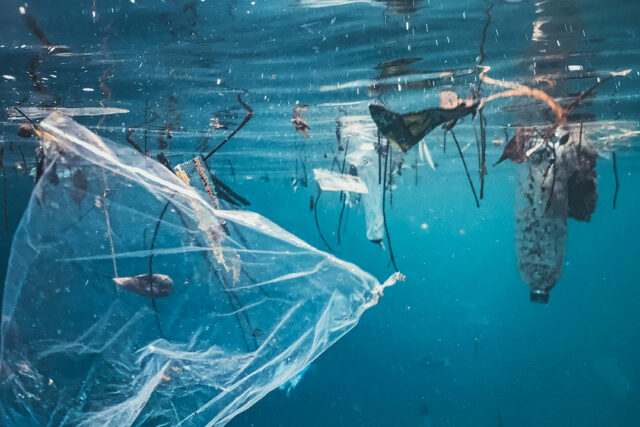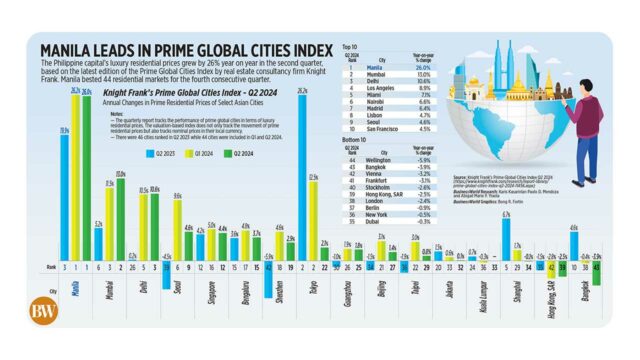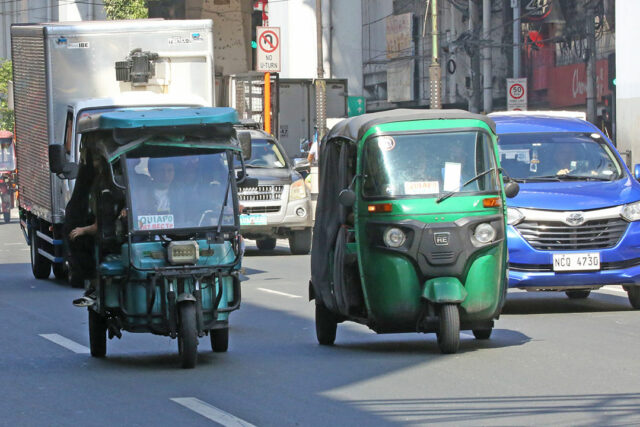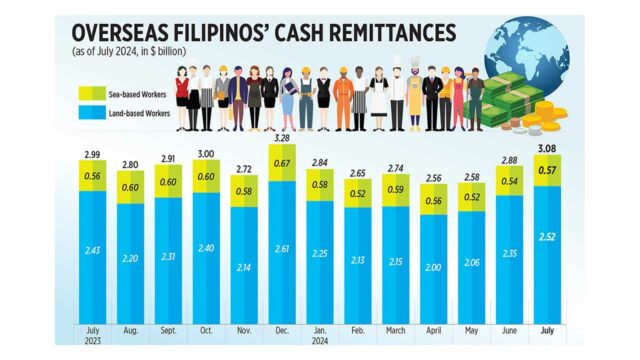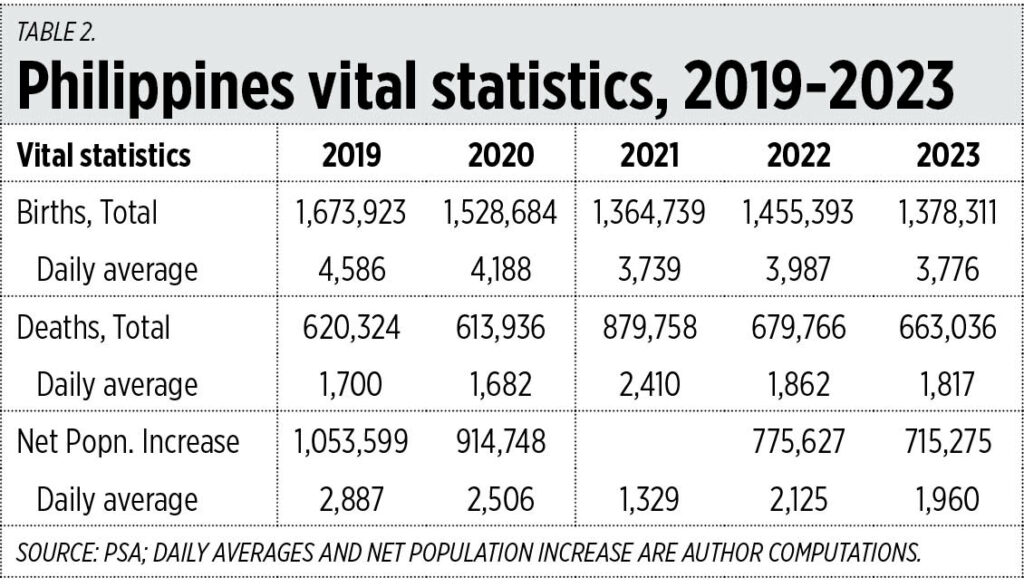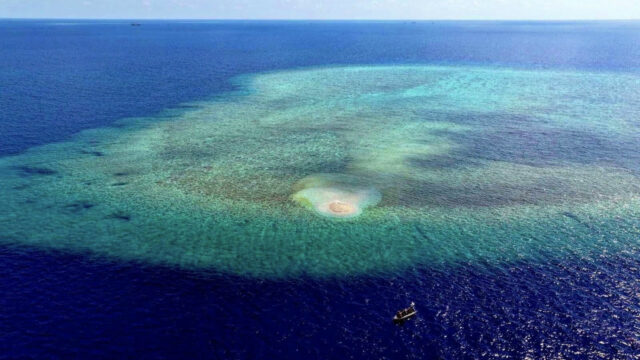Breaking our plastics habit is easier said than done
COULD our unshakeable addiction to plastics be broken?
That’s certainly the hope of activists.
The US — birthplace of the modern polymers industry, and the biggest producer of its key feedstocks, oil and gas — has joined a bloc supporting a worldwide treaty capping plastics production. That could make a United Nations meeting in South Korea in November into a turning point in the material culture of humanity. The harder challenge will be ensuring that an agreement is workable.
Whichever way you look at it, a mountain of waste polymers is likely to be one of the most lasting monuments of the 21st century. We produce some 400 million metric tons of plastics year in, year out. Except for the roughly 9% that’s recycled and 12% that’s incinerated, all of it ends up somewhere in the environment, whether in a landfill or scattered through our streets, soil, and oceans. Do everything feasible to stop that runaway train and we might cut output by about 40% by 2040, according to one influential study. Even such an ambitious scenario would leave more than 10 billion tons of waste by mid-century. How you feel about that depends on how you weigh the contradictory evidence about the costs and benefits of plastics. It’s not enough to point at a large number and worry about it: Each year we manufacture four billion tons of cement, two billion tons of steel, pump 4.5 billion tons of oil from the ground, and release 35 billion tons of carbon dioxide into the atmosphere. Whether you consider that a problem depends on whether you think the waste is damaging (like CO2) or largely harmless, like concrete.
Plastics, furthermore, have real advantages over the alternatives. They’re light, largely inert, and in many cases do less environmental damage than metal and glass (whose carbon footprint tends to be higher) and even paper (whose effluent pollutes fresh water). Packaging, the main bogeyman for consumers, only comprises about 31% of the plastics we consume. The rest is split between a dizzying array of uses, from water pipes to car dashboards, domestic appliances, clothing, and medical devices. Our reflexive dislike of polymers blinds us to the countless ways modern life would be impossible without them.
All that said, with each passing year we see more studies showing how plastics are accumulating in the natural environment and the tissues of humans, animals, and plants. Hard evidence of the harm this causes is scant, but the pathways are well understood — from toxic additives that can be leached out over time, to pollutants absorbed in the environment the way static picks up dust, and then released deep inside the body. Few regret the precautionary approach that previous generations took in the face of early evidence about the harmful effects from tobacco, ozone-depleting chemicals, or greenhouse gases. Given the immense difficulty we will have reining in our polymer habit, a similarly proactive policy makes sense.
What would a global cap on plastics production look like? It’s unlikely to be the most important part of any upcoming treaty. The setting of international standards to eliminate toxic additives like BPA and phthalates (used to make polymers, respectively, more rigid and more flexible) will likely make the biggest difference to human and animal health. Efforts to standardize production processes to ease recycling will have more of an impact on the environment. Support for waste management in fast-growing emerging economies will have the largest bearing on marine pollution. A hard cap, however, could be the sort of difficult-to-achieve target that concentrates minds and unlocks human ingenuity.
Those reductions shouldn’t be impossible to achieve. Most would argue that Japan and South Korea have comparable living standards to the US, but the latter consumes two-and-a-half times as much plastics per capita. If the world as a whole could reduce our usage to roughly the level China sees today and increase reuse toward the rates at which the European Union recycles polymer packaging, we might hold production of new plastics below 500 million tons a year.
That might not sound like much, but it would still be a phenomenal achievement, especially when put against forecasts by the Organisation for Economic Cooperation and Development that we might be heading to more than double those levels.
If you think it’s been hard dethroning fossil fuels’ centrality to our energy system, be prepared for many decades of struggle. Electricity from wind, solar, batteries, and nuclear power provides a compelling alternative to coal, gas, and oil. There are few substitutes waiting in the wings that could repeat that trick with polymers. Plastics are woven through the fabric of modern life quite as intricately as their waste materials are scattered through the natural environment. It won’t be easy to replace them, but the first step is to try.
BLOOMBERG OPINION

